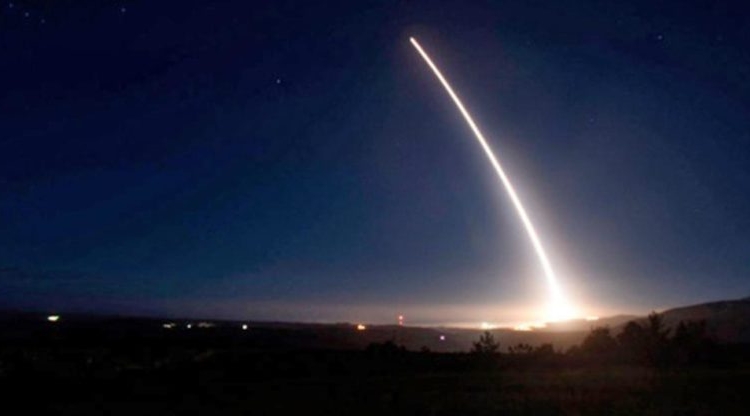The Council for Scientific and Industrial Research (CSIR) has developed a missile launch and gunshot detection system. The system which has both air and ground application is based on optical devices and does not rely on acoustic or electro-magnetic wave sensors.
Most gunshot detection systems rely on several microphones to detect and pinpoint gunshots. And according to CSIR, the company has taken a different approach, using infrared sensors to detect when a firearm is discharged or a rocket motor fired. This makes it more cost effective (and unobtrusive) than radar-based systems and more versatile than missile or firearm only detection systems.

The gunshot detection system uses a near infrared camera with proprietary optical filters and image processing techniques to detect muzzle flashes within the field of view. In addition to the primary muzzle flash, the system can also detect secondary flashes, which are enhanced if there is a flash suppressor on the muzzle.
In addition to detecting missiles/gunshots, the system is able to classify, position and work out the origin of the source. It can be used by aircraft operators, cash-in-transit companies, police and others who run CCTV surveillance centres.
Whilst the system has been designed to detect gunshots and missile launches, it can detect other explosive sources such as mortars, hand grenades etc. – essentially most forms of explosion as the combustible elements used are similar and the infrared signature similar.
The CSIR has done field evaluation of the system but further testing is required, especially with other firearms and propellant types. An industrial partner is being sought to further test and develop the technology – companies have already expressed interest in the system.
“With the support of an appropriate partner agency, the technology will be further enhanced by refining sensors, expanding field measurements as well as further simulation and hardware development. This would be well supported by access to an aircraft for testing, as well as arranging missile firing, sourcing of components and a hardware manufacturing and assembly capability. The distances at which detection occurs during early tests are impressive and would bode well for market opportunities for the commercialised product as a missile approach warning and/or gunshot detection system,” the CSIR said.
“This is still a very new idea,” said Edwin Magidimisha at the CSIR’s Defence, Peace, Safety and Security division. And that the system has only been under development for the last couple of years.







